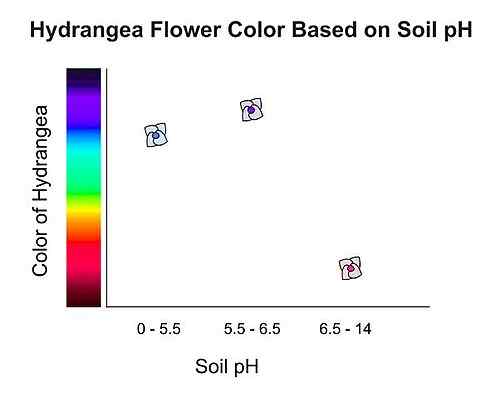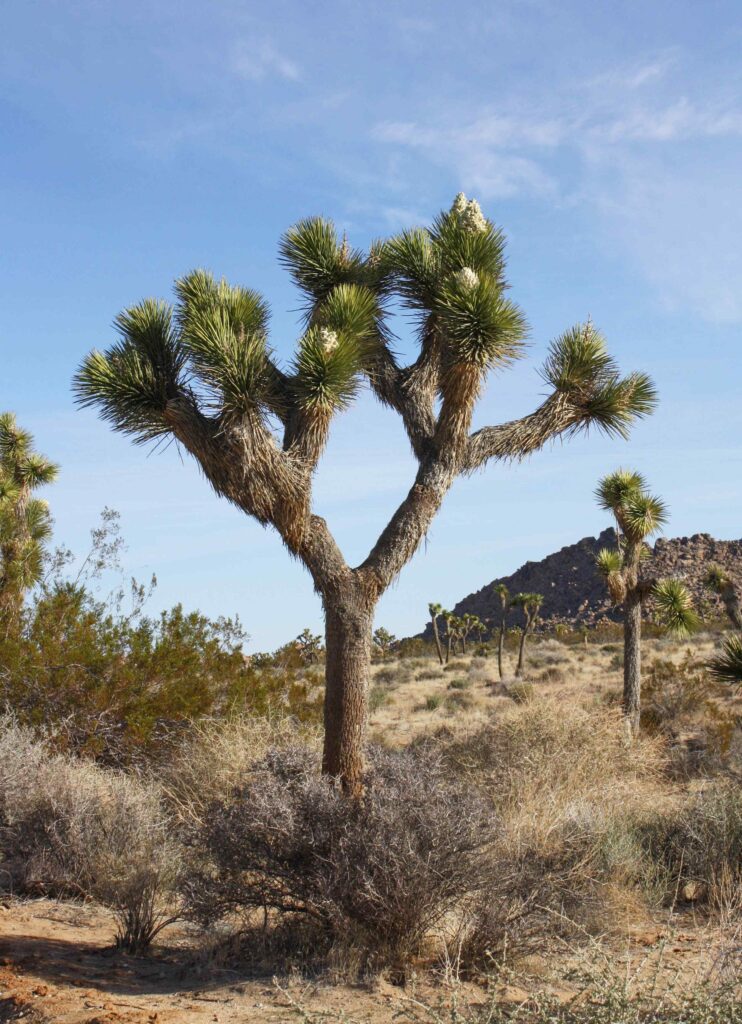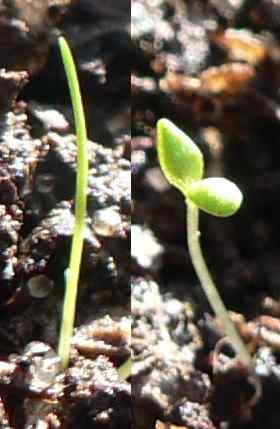No, Hydrangea is not a monocot; it is classified as a dicot.
Why?
To understand why Hydrangea is a dicot, we need to explore the defining characteristics of monocots and dicots.
Key Differences Between Monocots and Dicots
- Cotyledons: Monocots have one cotyledon (seed leaf), while dicots have two. Hydrangeas, like other dicots, have seeds with two cotyledons.
- Leaf Venation: Monocots typically exhibit parallel leaf veins, whereas dicots, including Hydrangea, have a net-like (reticulate) venation pattern.
- Root System: Monocots usually develop a fibrous root system, while dicots develop a taproot system. Hydrangeas have a taproot system, which is characteristic of dicots.
- Flower Structure: The flowers of monocots generally have parts in multiples of three, while dicots have floral parts in multiples of four or five. Hydrangea flowers typically exhibit this dicot pattern.
- Vascular Bundle Arrangement: In monocots, vascular bundles are scattered throughout the stem, while in dicots, they are arranged in a ring. Hydrangeas display this dicot arrangement.
Unique Features of Hydrangea
While not directly related to its classification as a dicot, Hydrangea possesses a fascinating ability to change flower color based on soil pH. This trait highlights the plant’s complex interaction with its environment, a feature often observed in dicots.
As shown in the image, soil with a pH of 5.5 or lower produces blue flowers, while a pH of 6.5 or higher results in pink hydrangeas. This unique characteristic adds to the allure of Hydrangea as a garden plant and demonstrates its sophisticated physiological processes.

Detailed Explanation of Hydrangea’s Classification
1. Cotyledons and Seed Structure
They belong to the family Hydrangeaceae and are characterized by seeds that contain two cotyledons. This fundamental trait places them firmly in the dicot category, as monocots only have one cotyledon.
2. Leaf Structure and Venation
The leaves of Hydrangea are broad and have a complex vein structure, which is typical of dicots. The net-like venation pattern is a clear indicator that Hydrangea is not a monocot.
3. Root System
Hydrangeas develop a taproot system, which is a defining feature of dicots. This contrasts with the fibrous root systems found in monocots, further confirming Hydrangea’s classification.
4. Flower Structure
The flowers of Hydrangea are often found in clusters and typically have parts in multiples of four or five. This floral structure aligns with the characteristics of dicots, as opposed to the three-part structure seen in monocots.
5. Vascular Bundle Arrangement
In Hydrangeas, the vascular bundles are arranged in a ring within the stem, a characteristic feature of dicots. This arrangement supports secondary growth, which is not typical in monocots.

Related Examples of Dicot Plants
To provide context, here are some examples of other dicots that share similar characteristics with Hydrangea:
- Roses (Family: Rosaceae)
- Sunflowers (Family: Asteraceae)
- Maples (Family: Sapindaceae)
These examples illustrate the diversity within the dicot group, which includes a wide range of flowering plants.
Conclusion
In summary, Hydrangea is classified as a dicot due to its distinct characteristics, including having two cotyledons, net-like leaf venation, a taproot system, floral structures in multiples of four or five, and a ring arrangement of vascular bundles.
Understanding this classification not only satisfies botanical curiosity but also enhances our appreciation for the diversity of plant life.



